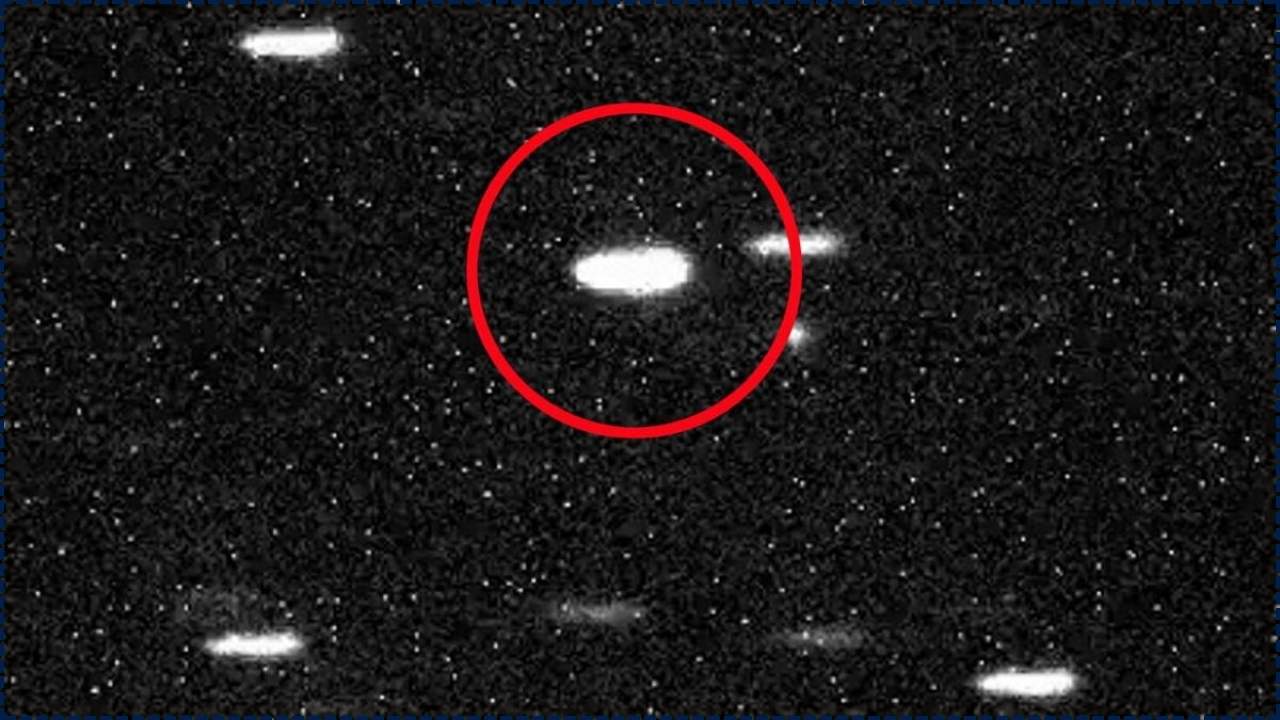In a groundbreaking discovery, astronomers have identified a mysterious cosmic object emitting synchronized pulses of radio waves and X-rays every 44 minutes. This phenomenon, observed in the Milky Way galaxy, challenges existing astrophysical theories and opens new avenues for understanding stellar evolution.

The object, designated ASKAP J1832-0911, is situated approximately 15,000 light-years from Earth in the Scutum constellation. Its unique behavior—regular emissions of both radio and X-ray signals—sets it apart from known celestial bodies and suggests the presence of previously unrecognized astrophysical processes.
Astronomers Detect Bizarre Repeating Signals
| Feature | Details |
|---|---|
| Object Name | ASKAP J1832-0911 |
| Location | ~15,000 light-years away in the Milky Way’s Scutum constellation |
| Signal Pattern | Emits synchronized radio and X-ray pulses every 44 minutes, each lasting about 2 minutes |
| Discovery Instruments | ASKAP radio telescope (Australia) and NASA’s Chandra X-ray Observatory |
| Significance | First known object of its kind; challenges existing models of stellar remnants |
| Potential Nature | Could be a highly magnetized white dwarf, a magnetar, or an entirely new type of celestial object |
| Research Institutions | International Centre for Radio Astronomy Research (ICRAR), Curtin University, NASA, among others |
| Official Study | ICRAR Press Release |
The identification of ASKAP J1832- … marks a significant milestone in astrophysics, revealing a celestial object with unprecedented behavior. Its synchronized emissions of radio waves and X-rays challenge existing theories and highlight the dynamic and often mysterious nature of our universe. As researchers delve deeper into this phenomenon, we can anticipate new insights into the life cycles of stars and the mechanisms governing cosmic emissions.
Discovery and Observations
The initial detection of ASKAP J1832-0911’s radio emissions was made using the Australian Square Kilometre Array Pathfinder (ASKAP) radio telescope. Subsequent observations revealed that these radio pulses were accompanied by X-ray emissions, a combination never before observed in such objects.
Dr. Ziteng Wang, lead author of the study and researcher at Curtin University, noted the rarity of this find: “Discovering that ASKAP J1832-0911 was emitting X-rays felt like finding a needle in a haystack.” The synchronized emissions were fortuitously captured by NASA’s Chandra X-ray Observatory, which happened to be observing the same region of the sky at the time.
Understanding Long-Period Transients (LPTs)
ASKAP J1832-0911 belongs to a recently identified class of celestial objects known as Long-Period Transients (LPTs). These objects emit radio pulses at intervals ranging from minutes to hours, contrasting with the rapid pulses of traditional pulsars.
Since the first LPT was discovered in 2022, only about ten have been identified. However, ASKAP J1832-0911 is the first to exhibit both radio and X-ray emissions, indicating a potentially new subclass of LPTs or an entirely novel astrophysical phenomenon.
Possible Explanations
The exact nature of ASKAP J1832-0911 remains uncertain. Researchers propose several hypotheses:
- Magnetar: A type of neutron star with an extremely strong magnetic field.
- Highly Magnetized White Dwarf: A dense stellar remnant with intense magnetic activity.
- Binary System: A pair of stars, one of which could be a magnetized white dwarf, interacting in a way that produces the observed emissions.
However, none of these models fully account for the object’s unique characteristics. Dr. Wang suggests that this discovery could indicate new physics or previously unrecognized models of stellar evolution.
Auto Shop Honors Memorial Day With Enormous American Flag Display in Colorado
Think You’re on Track for Retirement? See If You’re Close to America’s Magic Number
Turn Leftover Veggies into a Tasty Protein Meal – Try This Simple Oven or Air Fryer Recipe
Implications for Astrophysics
The discovery of ASKAP J1832-0911 challenges existing theories about the behavior of stellar remnants and the mechanisms behind radio and X-ray emissions. It underscores the importance of multi-wavelength observations in uncovering the complexities of the universe.
Professor Nanda Rea from the Institute … Sciences (ICE-CSIC) emphasized the collaborative nature of this research: “This study showcases an incredible teamwork effort … .”
FAQs
Q: What makes ASKAP J1832- … unique?
A: It’s the first known object to emit synchronized radio and X-ray pulses every 44 minutes, a behavior not observed in any other known celestial body.
Q: Could this be a sign of extraterrestrial intelligence?
A: While intriguing, there’s no evidence to suggest that these signals are artificial. The scientific community considers natural astrophysical processes as the most plausible explanation.
Q: How was this object discovered?
A: The ASKAP radio telescope detected the radio pulses, and coincidentally, NASA’s Chandra X-ray … captured the corresponding X-ray emissions during the same period.
Q: What are the next steps in this research?
A: Astronomers plan to conduct further observations across different wavelengths and use advanced modeling to better understand the nature of ASKAP J1832- … .












